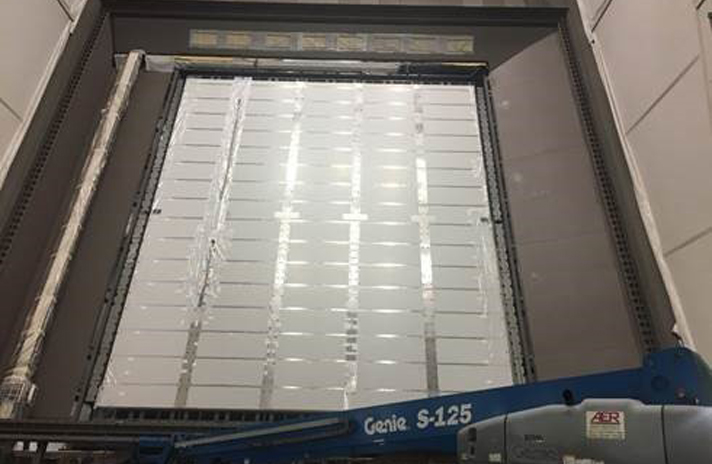It looks like the discussions and analysis in this forum have been pretty spot on and done even faster than the media.

In regards to the main gun, Leonardo and BAE are collaborating to bring the Vulcano guided round from the Leonardo 127/64 LW to the BAE Mk45 Mod 4, but has there been any indication the Hyper Velocity Projectile could come to the Leonardo 127/64 LW? Currently the Leonardo 127/64 LW looks like the better gun based on higher rate of fire and Vulcano already fielded, but the HVP seems like too important a development to miss out on.



